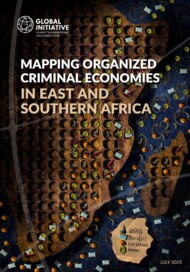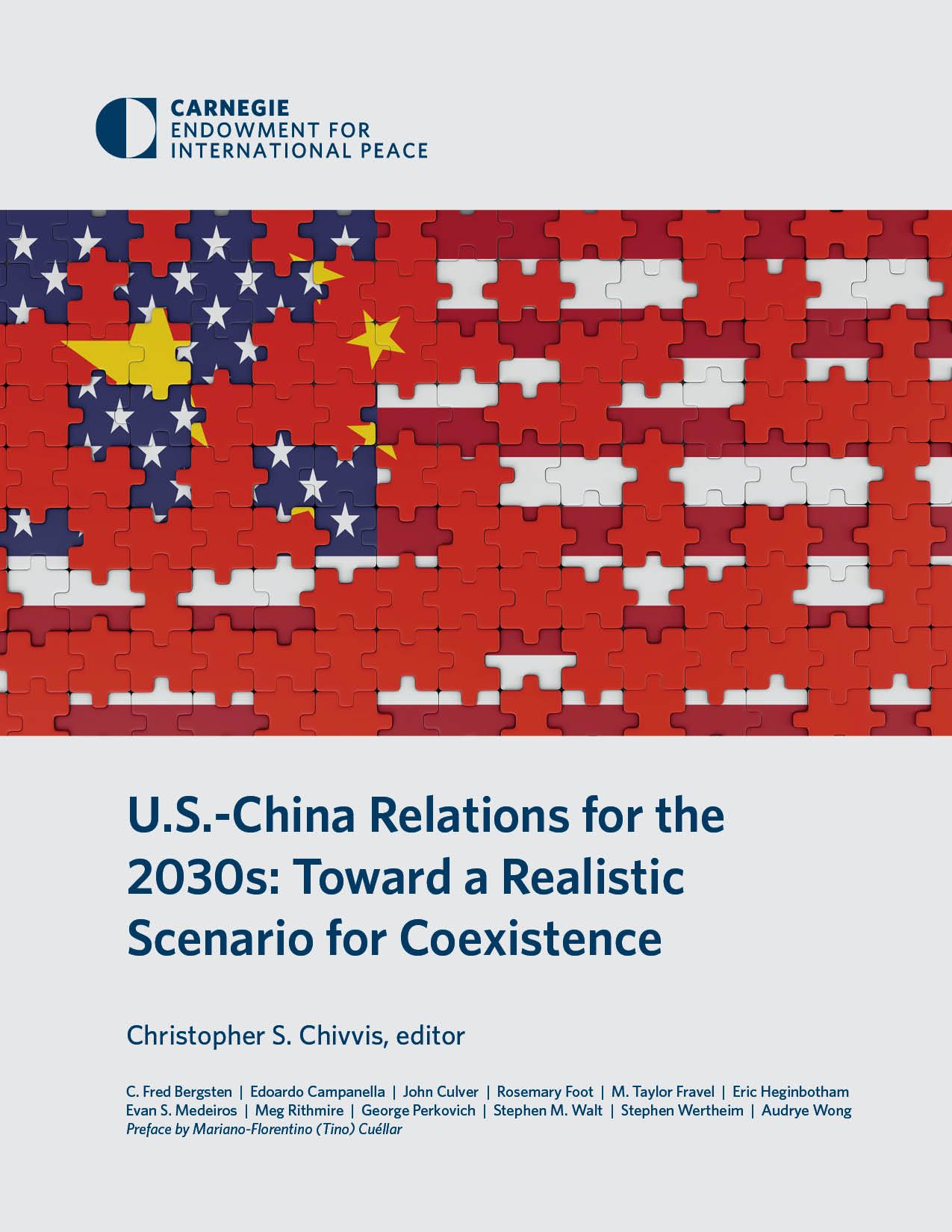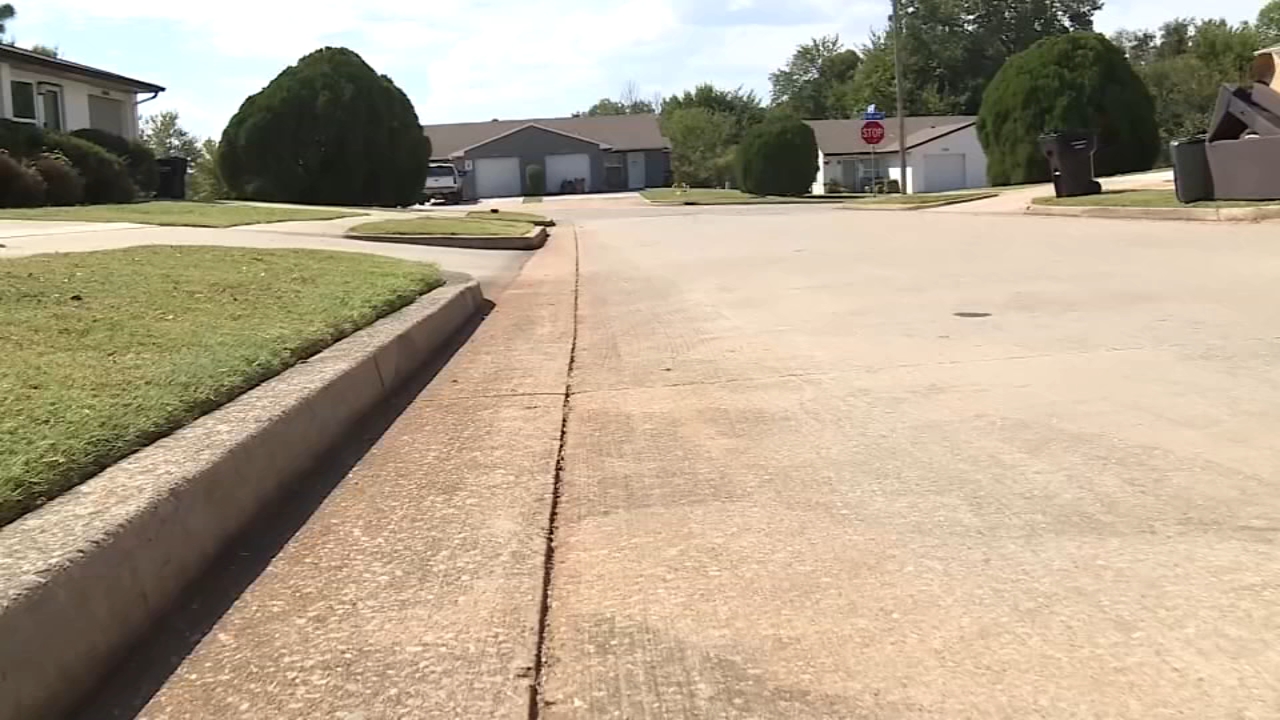The Impact of Organized Crime on Sustainable Development in East and Southern Africa
Organized crime in East and Southern Africa (ESA) represents a significant impediment to achieving the Sustainable Development Goals (SDGs). The region functions as a critical source, transit hub, and destination for a wide array of illicit commodities, connecting local criminal enterprises with global networks. These activities directly undermine regional stability, economic progress, and environmental sustainability, challenging the core tenets of the 2030 Agenda for Sustainable Development.
Undermining Peace, Justice, and Strong Institutions (SDG 16)
The proliferation of organized crime throughout the ESA region is a direct assault on SDG 16, which aims to promote peaceful and inclusive societies, provide access to justice for all, and build effective, accountable, and inclusive institutions. Illicit economies thrive where state presence is weak, creating parallel structures that erode governance and the rule of law.
- Illicit Financial and Arms Flows (Target 16.4): The trafficking of narcotics, wildlife products, and minerals generates substantial illicit financial flows. Gold illegally mined in Zimbabwe and South Africa is laundered through international financial hubs like Dubai, while gold from the DRC is smuggled through neighboring states and the UAE. These activities directly contravene the goal of reducing illicit financial flows.
- Corruption and Bribery (Target 16.5): The inefficiency and corruption at key transit points, such as the port of Durban, facilitate criminal operations. This systemic corruption weakens public institutions and diverts resources from essential services.
- Threats to Peace and Security: In northern Mozambique and South Africa, insurgent groups linked to the Islamic State leverage criminal activities, including gold smuggling and extortion, to finance their operations, thereby threatening regional peace and stability.
Illicit Economies and their Threat to Environmental Goals (SDG 14 & SDG 15)
Criminal networks in the ESA region engage in large-scale environmental crime, posing a severe threat to biodiversity and the sustainable management of natural resources, which are central to SDG 14 (Life Below Water) and SDG 15 (Life on Land).
- Poaching and Trafficking of Protected Species (Target 15.7): The region is a major hub for wildlife trafficking. Rhino horn is smuggled by air from Johannesburg and Addis Ababa to markets in Asia, while ivory is shipped in containers from ports in Dar es Salaam, Nampula, and Durban. This illicit trade decimates protected species and undermines conservation efforts.
- Illegal, Unreported and Unregulated Fishing (Target 14.4): The smuggling of marine resources, notably abalone, by international networks in conjunction with African intermediaries, contributes to the depletion of marine ecosystems, directly challenging the goals of SDG 14.
- Degradation of Terrestrial Ecosystems (Target 15.1): The illegal mining of gold in Zimbabwe’s Kwekwe fields and South Africa’s Vaal Reef leads to severe environmental degradation, deforestation, and pollution, undermining the sustainable management of terrestrial ecosystems.
Socio-Economic Consequences and Barriers to Development Goals (SDG 1, 3, 8, 10, 11)
The influence of organized crime extends deep into the social and economic fabric of ESA nations, creating significant barriers to achieving multiple SDGs.
- Good Health and Well-being (SDG 3): Heroin trafficked from Afghanistan is distributed across the region, with a significantly adulterated version being consumed locally. This fuels substance abuse and creates public health crises, hindering progress on Target 3.5, which focuses on preventing and treating substance abuse.
- Decent Work and Economic Growth (SDG 8): Illicit economies, such as illegal mining, operate outside of legal frameworks, promoting exploitative labor conditions and undermining the development of legitimate, sustainable economic sectors.
- Poverty and Inequality (SDG 1 & SDG 10): Criminal actors often fill governance vacuums in neglected urban slums, towns, and remote rural communities. While providing a form of livelihood, these illicit economies trap communities in cycles of poverty, violence, and inequality.
- Sustainable Cities and Communities (SDG 11): Major urban centers like Johannesburg serve as hubs for regional drug distribution and financial fraud schemes, compromising the safety and security required to make cities inclusive and sustainable.
The Geography of Illicit Trade and Challenges to Global Partnerships (SDG 17)
The geography of the ESA region, with its ancient trade routes and modern, high-volume transport links, provides a fertile ground for illicit trade. Countering these transnational networks requires robust international cooperation, as emphasized in SDG 17 (Partnerships for the Goals).
- Overwhelmed Transit Hubs: Key infrastructure points are exploited by traffickers. Ethiopia’s Bole International Airport, a hub for smuggling, and South Africa’s Port of Durban, which handles 60% of the country’s container traffic, lack sufficient screening capacity to effectively interdict illicit goods.
- Transnational Criminal Networks: The problem is inherently global. Networks from China, Pakistan, and Iran collaborate with local intermediaries in drug and wildlife trafficking, while Nigerian and Congolese syndicates coordinate regional crime from hubs in Southern Africa. Addressing this requires enhanced cross-border law enforcement and intelligence sharing.
- Market Convergence: Illicit markets for drugs, wildlife, extractives, and human trafficking are often interconnected, utilizing the same routes, networks, and hubs. A holistic, multi-agency approach that recognizes this convergence is essential for developing effective policies and enforcement strategies, embodying the spirit of partnership central to SDG 17.
Analysis of Sustainable Development Goals in the Article
1. Which SDGs are addressed or connected to the issues highlighted in the article?
The article on organized crime in East and Southern Africa (ESA) directly and indirectly addresses several Sustainable Development Goals (SDGs). The primary focus on illicit trade, weak institutions, and environmental crime connects to the following SDGs:
- SDG 16: Peace, Justice and Strong Institutions: This is the most central SDG to the article. The text is almost entirely dedicated to describing the challenges of organized crime, illicit financial and material flows, corruption, and the inability of state institutions to effectively counter these threats. It highlights how criminal networks undermine peace and justice across the region.
- SDG 15: Life on Land: The article explicitly details the trafficking of wildlife products, which is a direct threat to biodiversity. The smuggling of rhino horn and ivory from various African countries directly impacts terrestrial ecosystems and the survival of protected species.
- SDG 8: Decent Work and Economic Growth: The mention of “human trafficking and smuggling” as a key illicit market directly relates to this goal’s focus on eradicating forced labour and modern slavery. Furthermore, the vast illicit economies described undermine legitimate economic growth and formal employment.
- SDG 12: Responsible Consumption and Production: The discussion of “gold mined illegally in Zimbabwe’s mineral-rich Kwekwe gold fields” and other locations points to the unsustainable and illicit extraction of natural resources, which is a core concern of this SDG.
2. What specific targets under those SDGs can be identified based on the article’s content?
Based on the issues discussed, several specific SDG targets can be identified:
-
Target 16.4: By 2030, significantly reduce illicit financial and arms flows, strengthen the recovery and return of stolen assets and combat all forms of organized crime.
- Explanation: The entire article serves as an illustration of this target. It details the mechanics of organized crime and the illicit flows of heroin, methamphetamine, gold, rhino horn, and ivory. The description of gold being “laundered through Dubai” and other countries is a direct reference to illicit financial flows.
-
Target 16.5: Substantially reduce corruption and bribery in all their forms.
- Explanation: The article explicitly mentions that the South African port of Durban is “notorious for its inefficiency, corruption and drug trafficking,” directly identifying corruption as a facilitator of organized crime.
-
Target 16.a: Strengthen relevant national institutions… to prevent violence and combat terrorism and crime.
- Explanation: The article highlights institutional weakness as a key challenge. It notes that Bole International Airport in Ethiopia “lacks sufficient screening equipment, staff and sniffer dogs” and that at the port of Durban, “Only a fraction can feasibly be scanned or searched.” This points to a lack of capacity in national institutions responsible for combating crime.
-
Target 15.7: Take urgent action to end poaching and trafficking of protected species of flora and fauna and address both demand and supply of illegal wildlife products.
- Explanation: The article provides concrete examples of this issue, describing how “Rhino horn is smuggled by air from Johannesburg and Addis Ababa” and “Ivory departs in shipping containers from ports in Dar es Salaam, Nampula and Durban.” This directly addresses the trafficking of protected species.
-
Target 8.7: Take immediate and effective measures to eradicate forced labour, end modern slavery and human trafficking.
- Explanation: The article states that one of its aims is to analyze the geography of organized crime across four main markets, one of which is “human trafficking and smuggling,” making this target directly relevant.
-
Target 12.2: By 2030, achieve the sustainable management and efficient use of natural resources.
- Explanation: The mention of “Gold mined illegally in Zimbabwe’s mineral-rich Kwekwe gold fields” and deep shaft mines in South Africa describes the extraction of natural resources outside of any legal or sustainable framework.
3. Are there any indicators mentioned or implied in the article that can be used to measure progress towards the identified targets?
The article does not provide quantitative statistics but offers significant qualitative evidence and descriptions that serve as implied indicators for measuring the scale of the problems and, conversely, progress towards the targets.
-
For Target 16.4 (Illicit Flows and Organized Crime):
- Implied Indicator: The existence and scale of trafficking routes for various illicit goods. The article details specific routes for heroin (“from Afghanistan via Pakistan and Iran… to northern Mozambique and Tanzania”), rhino horn (“from Johannesburg and Addis Ababa, routed through Dubai and Doha”), ivory (“from ports in Dar es Salaam, Nampula and Durban, ending up in Singapore, Sihanoukville, Huangpu and Haiphong”), and gold (“laundered through Rwanda, Burundi, Uganda, Tanzania and the United Arab Emirates”). The reduction or disruption of these routes would indicate progress.
-
For Target 15.7 (Wildlife Trafficking):
- Implied Indicator: The prevalence of trafficking in specific wildlife products. The article’s focus on “rhino horn,” “ivory,” and “abalone” as key smuggled commodities serves as a qualitative indicator. A decrease in seizures or intelligence reports on these products could signify progress.
-
For Target 16.a (Institutional Capacity):
- Implied Indicator: The operational capacity of key transit hubs to screen and interdict illicit goods. The article provides a negative baseline indicator by stating Bole Airport “lacks sufficient screening equipment, staff and sniffer dogs” and that only a “fraction” of containers at Durban’s port can be searched. An increase in screening capacity, staff, and successful seizures at these hubs would be a positive indicator of progress.
-
For Target 8.7 (Human Trafficking):
- Implied Indicator: The identification of human trafficking as a major criminal market. The report’s explicit inclusion of “human trafficking and smuggling” as one of the four key illicit markets confirms its significance in the region. Tracking the prevalence and dismantling of such networks would be a measure of progress.
4. Summary Table of SDGs, Targets, and Indicators
| SDGs | Targets | Indicators (Identified or Implied in the Article) |
|---|---|---|
| SDG 16: Peace, Justice and Strong Institutions |
16.4: Combat all forms of organized crime and significantly reduce illicit financial and arms flows.
16.5: Substantially reduce corruption and bribery. 16.a: Strengthen relevant national institutions to combat crime. |
– Existence of trafficking routes for heroin, gold, and wildlife products. – Mention of gold being “smuggled by the tonne” and laundered through various countries. – Identification of the port of Durban as being “notorious for its… corruption.” – Lack of “sufficient screening equipment, staff and sniffer dogs” at Bole Airport. – Inability to scan/search more than a “fraction” of containers at Durban port. |
| SDG 15: Life on Land | 15.7: Take urgent action to end poaching and trafficking of protected species. |
– Specific mention of smuggling of “rhino horn,” “ivory,” and “abalone.” – Detailed smuggling routes for wildlife products from African hubs to markets in Asia and Europe. |
| SDG 8: Decent Work and Economic Growth | 8.7: Take immediate and effective measures to eradicate forced labour, end modern slavery and human trafficking. | – Identification of “human trafficking and smuggling” as one of the four main illicit markets analyzed in the region. |
| SDG 12: Responsible Consumption and Production | 12.2: Achieve the sustainable management and efficient use of natural resources. | – Description of “Gold mined illegally in Zimbabwe’s mineral-rich Kwekwe gold fields” and in South Africa. |
Source: globalinitiative.net






